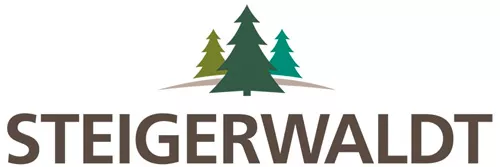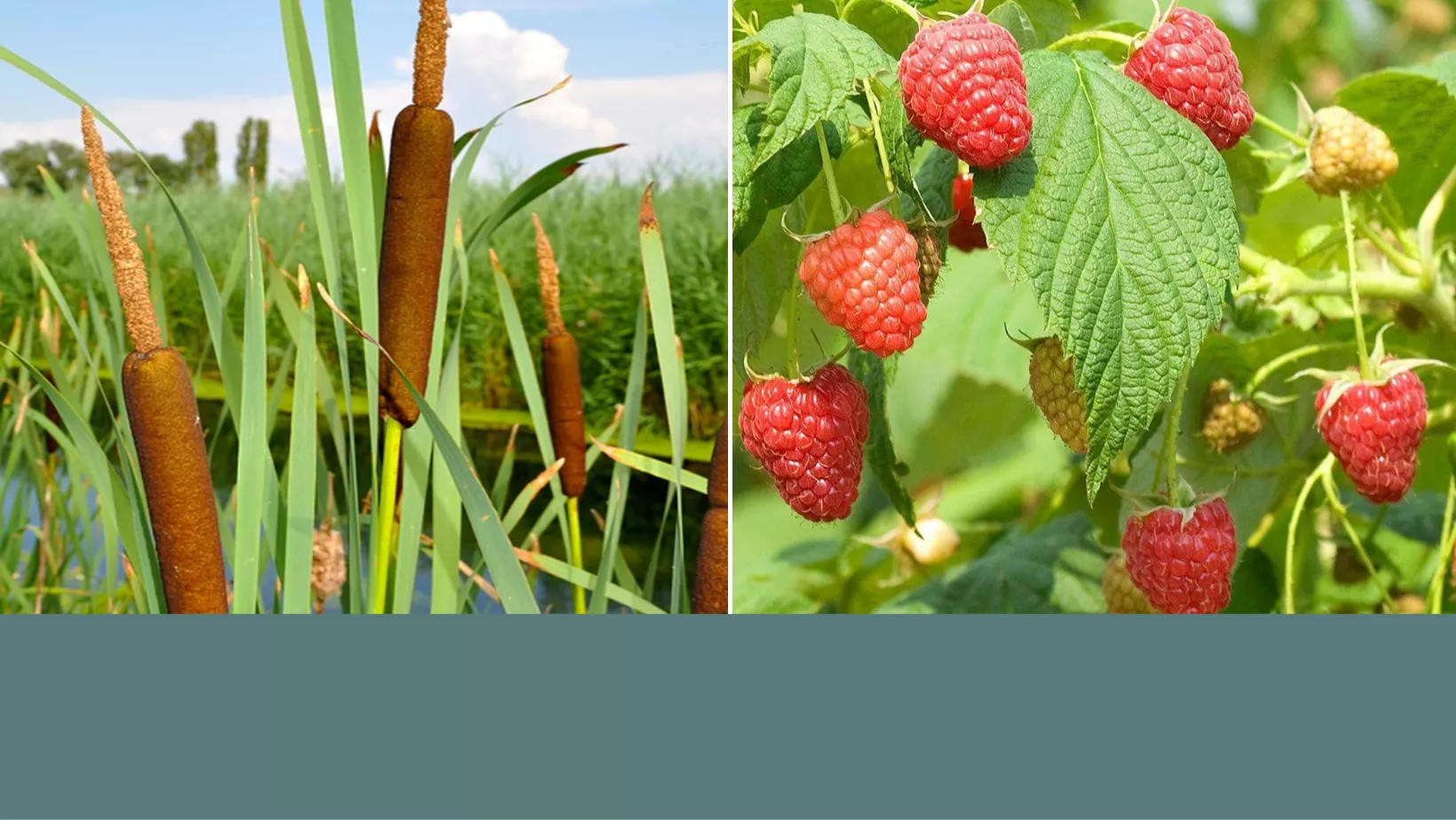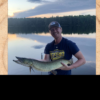Wetland Plant Identification
Did you know there is much more to identifying a wetland than just looking for bodies of water? Wetland identification involves a thorough study of the soil, hydrological features and plant species.
Plant identification is a huge component in the wetland identification process. Being able to properly ID plants species can help accurately determine the boundary between an upland and a wetland. Being skilled in this process is important, because if wetlands are determined to be present within a project zone, there may be certain permits and regulations required to protect the area.
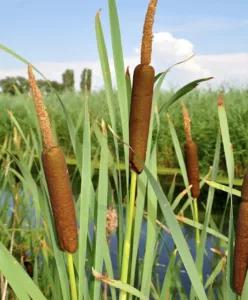
For example, the Broadleaf Cattail is an obligate wetland species (OBL). This means that it is found exclusively in wetlands. It is incapable of growing in upland or dry areas. Identifying the presence of an obligate wetland plant can be a key factor in determining the status of a potential wetland.
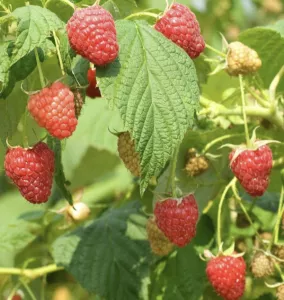
Raspberry plants on the other hand, when found in the Midwest, are classified as upland plants (FACU). They favor dryer soils with small amounts of moisture. You can find them in meadows, open woods and lakeshores. If you happen to spot a grouping of this plant near a hydrological feature, it is possible that that is where the wetland boundary is located.
Once all plants are identified within a potential project area, a series of statistical tests are performed to determine if the variety of plants present represent a wetland. The results of these studies successfully identify the presence of wetlands, as well as help with assessing whether an area is a good candidate for a potential project. These assessments may seem complex but the environmental specialists at Steigerwaldt Land Services are skilled and here to help with the process.
-Kate Handberg, Enviromental Specialist
